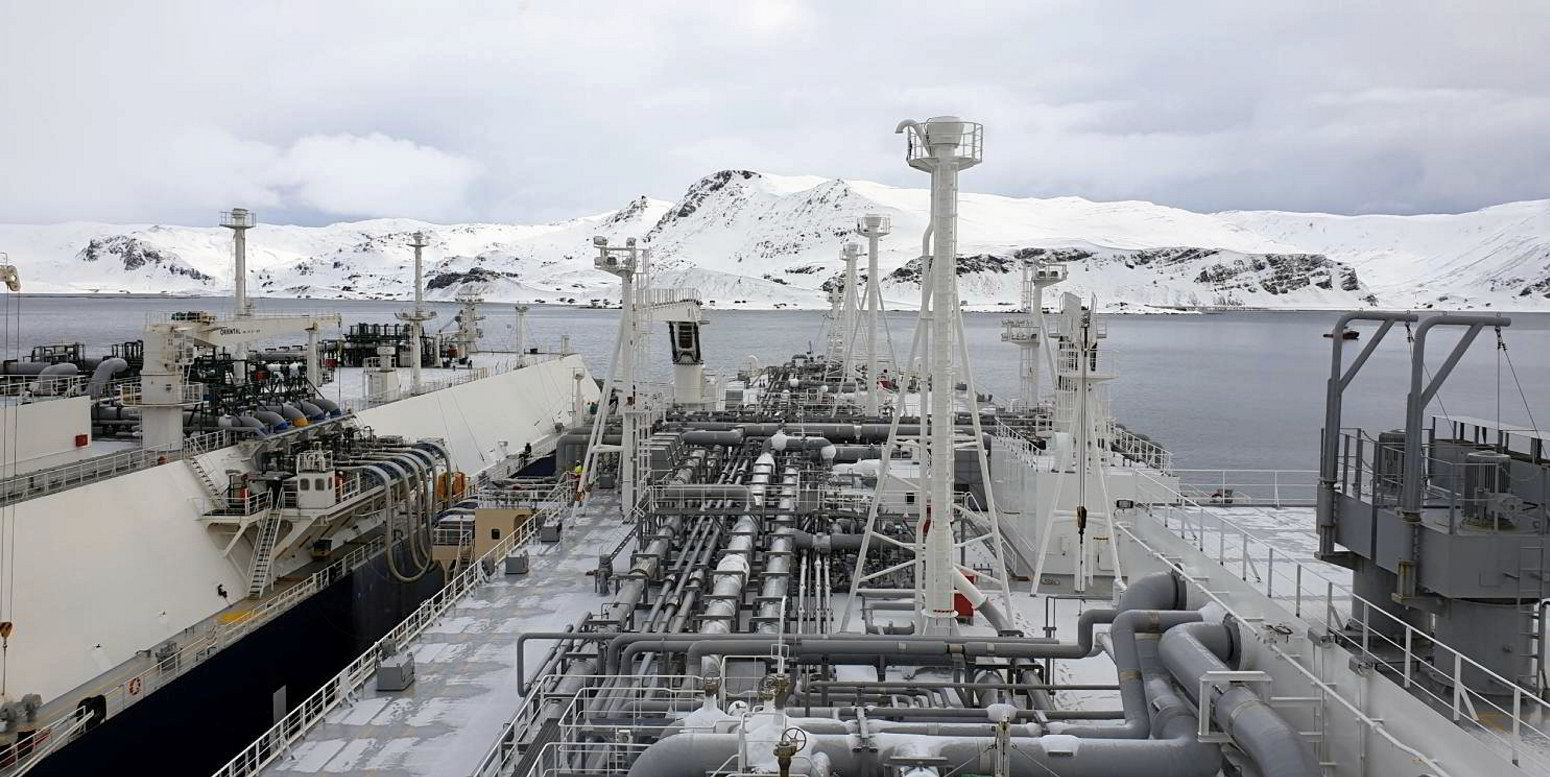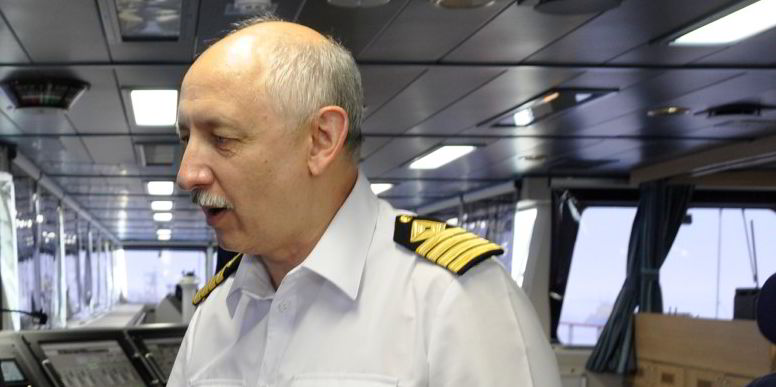Over 70% of cargoes shipped on the 79 full transits of the Northern Sea Route (NSR) in 2023 comprised crude oil, according to figures produced by the Centre for High North Logistics (CHNL).
Nord University’s centre said some 1.5m tonnes of crude oil was carried on 12 vessels which made 14 transits of the Arctic passage last year. The main route was between Russia and China.
The tanker transits all took place between 23 July and 29 October and CNHL noted that all but two of the tankers were over 15 years old with three of the transits made on non-ice-class ships.
Iron ore shipments constituted the next largest cargo at 15.5% comprising 324,5000 tonnes on two ships with vessels carrying LNG, general cargo, containers, coal, and fish making up the balance of the 2.1m tonnes of cargo shipped in 2023.
Just one LNG carrier made the full transit in the first trade on this route when the 170,567-cbm Velikiy Novgorod (built 2014) shipped a cargo from the 138,107-cbm floating storage unit Portovyy (built 2003) at Russia’s Portovaya LNG export plant, near Vyborg on the Baltic Sea coast, to the Caofeidian LNG terminal in China. The vessel also took the return voyage in ballast.
Overall, CNHL said 36m tonnes of cargo was transited via the NSR in 2023 setting a new record. In 2022 the figure was 34m tonnes and 34.8m tonnes in 2021.
CNHL said the full transit traffic started in June when the Arc7 heavy lift ship Pugnax entered the NSR on the 13th of the month while on a 17-day, ice-breaker-assisted voyage from Busan to Murmansk with a module of Russia’s Arctic LNG 2 project.
But the Centre said the bulk of the transits made in the June to October period were made by ships of low ice-class or without any ice strengthening.
One of these was the 169,159-dwt bulk carrier Gingo (built 2000) which became the first non-ice-class capesize to transit the NSR in an ice-breaker-assisted 13-day voyage carrying — at 164,500 tonnes — what proved to be the largest single shipment to transit the passage.
CNHL also broke down the LNG export volumes from Novatek’s Yamal LNG plant in the Russian Arctic – shipments from which only sail on partial NSR transits.
The Centre logged 273 export cargoes from Yamal with the bulk of these, 242, being shipped west into European terminals and only 31 heading on the longer Arctic passage east to China, Taiwan, Japan and South Korea.
Of the voyages from the plant, 76.9% went to European terminals with Belgium, France, Spain, the Netherlands and Portugal the top-five importers.
Sixteen of the Yamal export cargoes were shipped on non-ice-classed LNG carriers with all of these moving westwards from the plant, while 239 were moved on the project’s specialised, ice-breaking Arc7 LNG fleet and the remainder on Arc4 vessels.
Russia plans to open up the NSR for year-round navigation in 2024 with a pilot programme due to kick off in from January.





